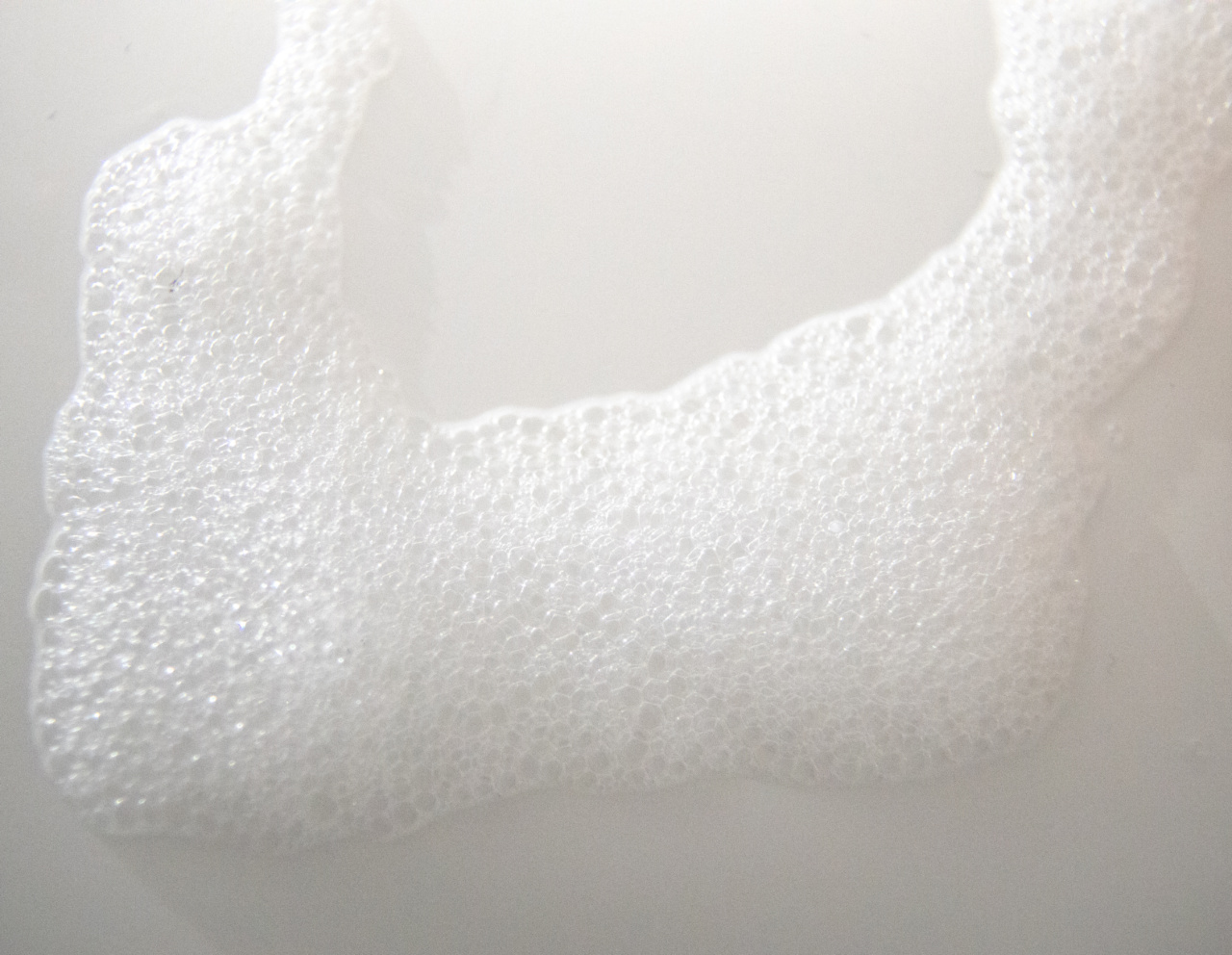Every year, millions of students attend schools across the country, and the close proximity of students in these settings creates an environment conducive to the spread of germs and infections.
The spread of infectious diseases can result in absenteeism, missed work, and increased healthcare costs.
What are germs?
Germs, also called microorganisms, are microscopic organisms that include bacteria, viruses, fungi, and protozoa. They are found everywhere, including in soil, air, water, and on surfaces.
While many of these microorganisms are harmless, some can cause illnesses or infections.
How do germs spread in schools?
Germs can spread easily in a school setting. Students and staff are in close contact with each other, and germs can be spread through coughing, talking, sneezing, and touching.
In addition, shared objects such as pencils, water fountains, and doorknobs can harbor germs and be a source of infection.
Ways to minimize the spread of germs in schools
1. Promote hand washing
Hand washing is one of the most effective ways to prevent the spread of germs. Encourage students and staff to wash their hands frequently, especially before eating, after using the restroom, and after coughing or sneezing.
Provide hand sanitizer and soap in classrooms and common areas.
2. Disinfect surfaces
Clean and disinfect commonly touched surfaces such as tables, desks, and door handles frequently. Use a disinfectant that is effective against a wide range of microorganisms to ensure that the surfaces are properly disinfected.
3. Limit contact
Limiting contact between students can help reduce the spread of germs. Encourage students to avoid sharing objects such as water bottles, food, and writing utensils. Arrange desks and tables in a way that minimizes close contact.
4. Encourage vaccinations
Vaccinations can help prevent the spread of infectious diseases in schools. Encourage students and staff to get vaccinated against diseases such as influenza, measles, and pertussis.
5. Promote good hygiene
Teach students good hygiene practices such as covering their mouth when coughing or sneezing, using tissues to blow their nose, and avoiding touching their face. Promote the use of tissues and provide trash cans in classrooms and common areas.
6. Encourage sick students and staff to stay home
Sick students and staff should stay home to prevent the spread of germs. Encourage parents to keep sick children at home until they are no longer contagious.
7. Ventilate classrooms and common areas
Proper ventilation can help reduce the spread of airborne germs. Open windows and doors when possible to increase air flow. Ensure that ventilation systems are properly maintained and functioning.
8. Provide education on illness prevention
Provide education on illness prevention to students, staff, and parents. Teach students about proper hand washing and hygiene practices, and encourage parents to keep sick children at home.
Promote vaccination programs and provide information on vaccination policies.
9. Encourage healthy habits
Encourage healthy habits such as regular exercise, healthy eating, and getting enough sleep. A healthy body is better equipped to fight off infections.
10. Develop a cleaning and disinfection plan
Develop a cleaning and disinfection plan that is specific to your school. Identify areas that are high touch and require frequent cleaning and disinfection. Train custodial staff on proper cleaning and disinfection procedures.
Conclusion
Minimizing the spread of germs in schools is essential to keeping students and staff healthy.
By promoting good hygiene practices, encouraging vaccinations, limiting contact, and providing education on illness prevention, we can create a healthier school environment for all.































